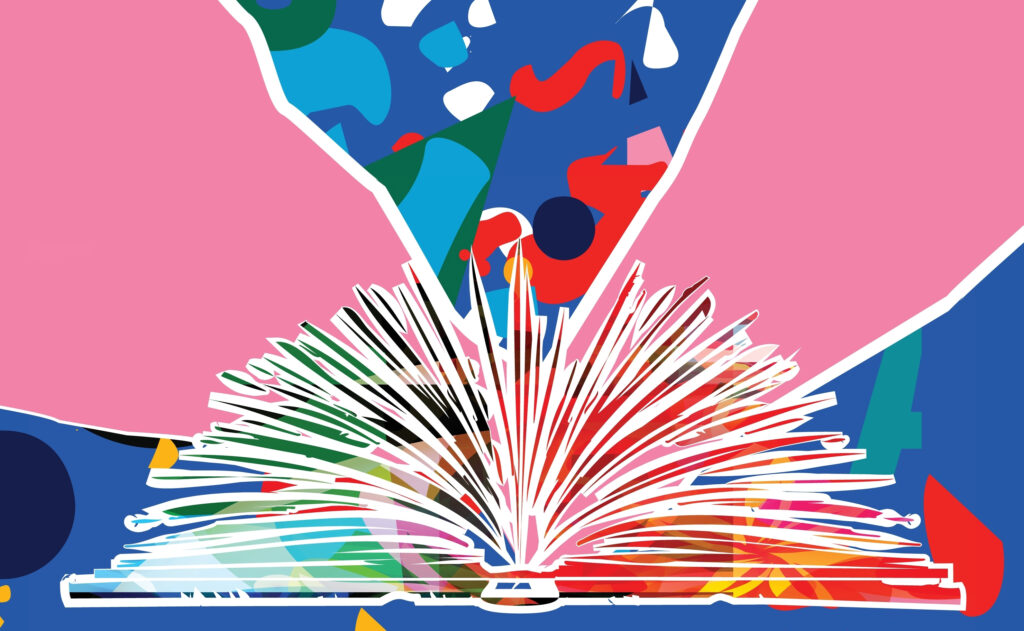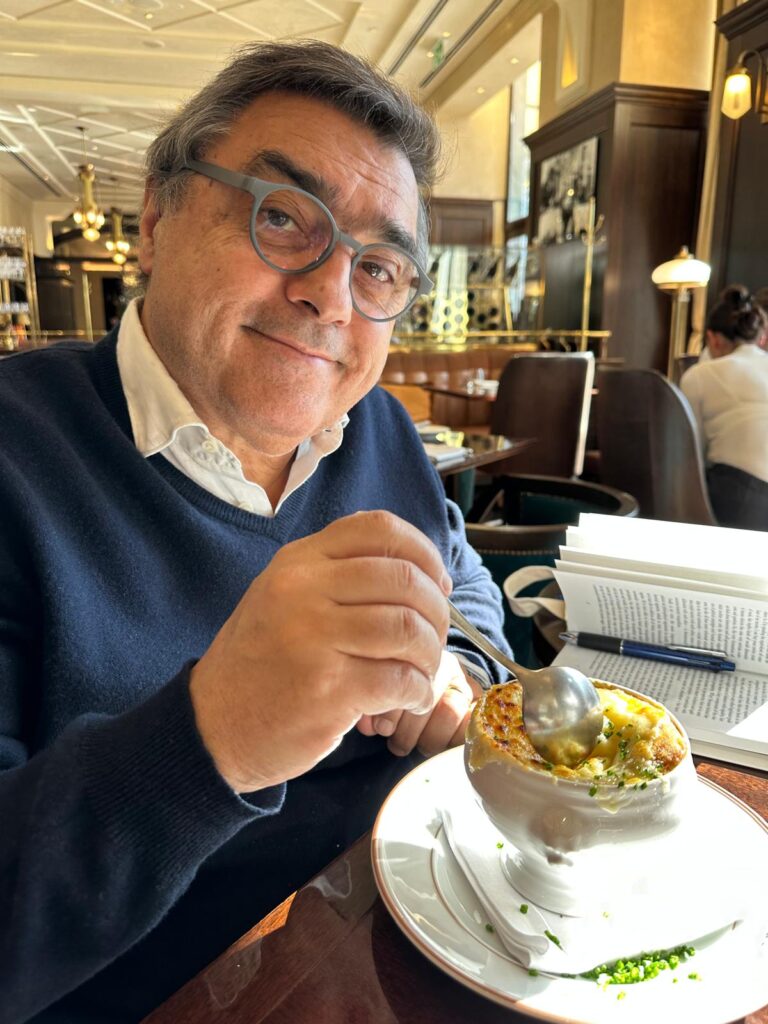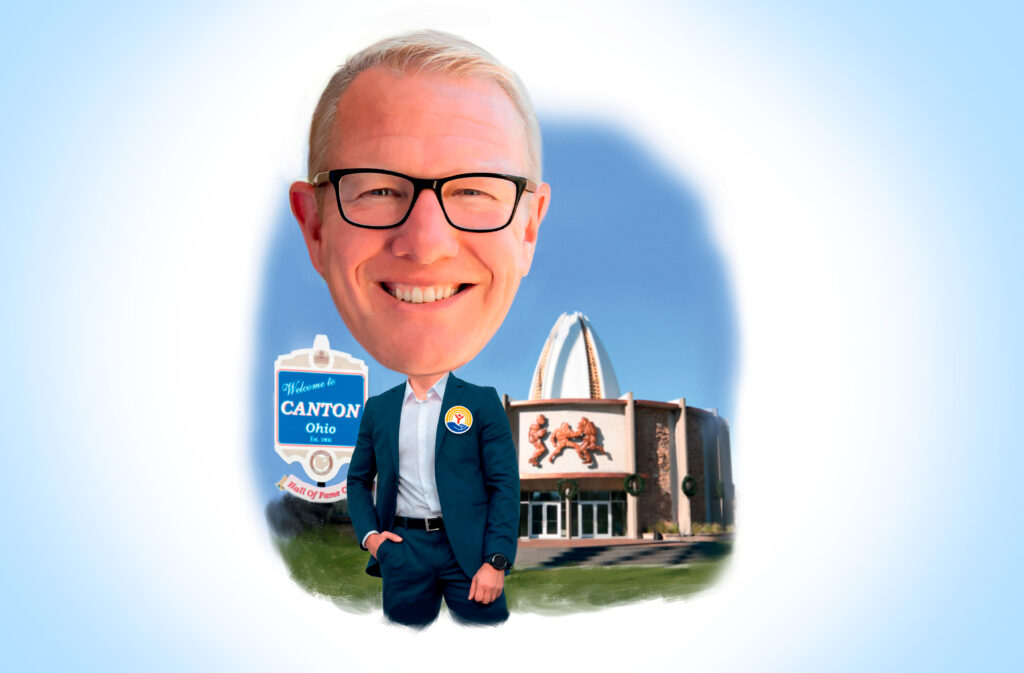
Southeast Asia

You’ve surely noticed that Asia is quite large.
When to go Late November to March is the peak season, with cooler, dry weather; the rainy season runs from June to October.
Currency Thai baht: $1 = 35.37THB; Vietnamese dong: $1 = 24,655VND; Cambodian riel: $1 = 4,050KHR
Language Thai, Vietnamese, and Khmer. English is hit or miss throughout, though you’ll find it more near tourist areas and in previously English-occupied places like Singapore.
Companies to consider Intrepid Travel, G Adventures, Avalon Waterways, Celebrity Cruises, Holland America Line
Due to its mammoth size, the continent cannot be taken in all at once. One cannot casually connect the cultures of Russia with India or the cuisine of Japan with Saudi Arabia without considerable mental gymnastics. Yet, amid all this territorial diversity, there’s something wonderfully connective about Southeast Asia.
These countries—even with their unique cultures, stunning landscapes, mountain villages, and spiritual monuments—still contain a common thread: each feels familiar and laid-back, friendly and exciting, bucolic and bustling. You’ll feel it when you travel here, and you should travel here. It’s no longer just a backpackers’ paradise thanks to the recent addition of five-star resorts, relaxing spas, and upscale marinas.
While we cannot cover all of Southeast Asia in these pages, the entire region is worthy of exploration. Read on to get a little taste of Thailand, Cambodia, and Vietnam, along with a Council member’s take on his home country.

Thailand
Thailand is experientially excessive in all the best ways. Strolling through cacophonous street markets with the scent of freshly plucked seafood wafting from the stalls, meditating with Buddhist monks in a haze of incense smoke at ancient temples, kayaking to hidden beaches framed by rugged limestone mountains—every experience comes with intense visual, tactile, and audible sensations that together embed the moment in your memory.
You’ll see that when you land in Bangkok. Thailand’s sprawling capital appears unconquerable at first, but the more time you spend there, the cozier and more accepting it feels. Whether you traverse the city via Skytrain, tuk-tuk, or Khlong boat, there are many must-sees. The Wat Arun Buddhist temple, perched on the Chao Phraya River, is best at night when its spires are illuminated. Across the river, you’ll meet a 43-meter-long Buddha reclining for eternity at Wat Pho. For something a bit more modern, the Museum of Contemporary Art houses over 800 paintings and sculptures from Thai artists, in addition to other Southeast Asian works.
More wonders await outside the capital. Elephant sanctuaries are popular up north near the Golden Triangle region; aim for those that treat the noble beasts ethically, such as the Anantara Golden Triangle Elephant Camp & Resort. A little south in Chiang Mai, you’ll find Wat Phra That Doi Suthep—a golden temple set on a 5,500-foot-tall granite mountain. While there, don’t miss the Chiang Mai Night Bazaar, a half-mile stretch of pulsating lights, handmade crafts, and sizzling street food. Beach lovers will find their mecca in the Krabi province, home to Phuket and other paradisical coastal villages with inspiring views of massive limestone karsts jutting out from the calm waters.
We asked Manoj Chawla, CEO of Thailand-based CHAZ Insurance Brokers, what he recommends for travelers.
Where did you grow up, and where do you live now? My father was an immigrant from India and my mother is Thai, but her parents were also from India. I was born in Bangkok and spent most of my life here except for a few years in the U.K. in the 1980s at the Chartered Insurance Institute. I joined my father’s insurance brokerage business in 1986 in Bangkok and continue to run it to this day. Bangkok is a city I have always called home and plan to do so for the rest of my life.
What are your favorite parts of Thailand to visit? The destination I like depends on the season, but if I had to choose, it would be the beach areas of Koh Yao Noi, Sichon, Koh Samui and others. The beaches are quite pristine, and you can lay back and wind down or enjoy water activities.
What is your favorite local dish or restaurant? Among my many favorite Thai restaurants at the moment is Sam Lor Bangkok. The atmosphere is casual, and the food is delicious and playful. One of their most famous dishes is a fluffy crab omelet. It is scrumptious and unlike any you have ever tasted.
What experiences should travelers seek to truly understand Thai culture? Over 90% of Thailand’s population is Buddhist, but other religions live together in harmony. This culture must be experienced by visiting the many Thai temples (called wats) to understand the tranquility that this has extended to the people.

Vietnam
With an eclectic history, regional cuisine that always delights, stylish cities, and indulgent coastal resorts, Vietnam would stand out in any other part of the world. But in Southeast Asia, it’s just another gem.
Your introduction to Vietnam often begins in the capital city of Hanoi. An unforgettable day here could include a walking tour around Hoan Kiem Lake, shopping for colorful textiles and traditional handicrafts in the Old Quarter, offering your respects to the wisdom of Confucius at the Temple of Literature, and touring Hoa Lo Prison, notoriously labeled as the “Hanoi Hilton” during the Vietnam War. If that sounds like a long day, do not fear—you’ll pass numerous street food vendors and craft brew pubs along the way.
The next stop on your itinerary should be Ha Long Bay. While travel writers like to steer people away from touristy areas, this is one popular site you simply cannot miss. Only two hours from Hanoi, Ha Long Bay features a mesmerizing, otherworldly labyrinth of towering limestone columns dotting the emerald sea. They’re best viewed up close via traditional wooden junk boat tours or sea kayak. You can even stay the night on some junk boats, offering a prime perspective of the behemoths in the glimmering twilight of evening and the first golden rays of morning light.

Cambodia
Like Vietnam, Cambodia is a country deeply scarred by its turbulent past, but now it is firmly on a path of healing. You’ll notice a sense of excitement in the air, an anticipation of things to come. This gives visitors the freedom to fully embrace Cambodia in its present state and appreciate its history, delectable food, gorgeous coastlines, and lively nightlife.
The capital city of Phnom Penh is home to nearly a fifth of the country’s population along with a burgeoning foodie scene. Food tours led by locals will take you deep into the city’s markets and back-alley eateries so you can try, and fall in love with, authentic Khmer cuisine. And while the Royal Palace and National Museum should be high on any visitor’s itinerary, Choeung Ek and Tuol Sleng—the killing fields of the Khmer Rouge—provide a sobering glimpse into the nation’s soul.
For a more uplifting look at history, venture to Siem Reap, the gateway city to Angkor Wat. An iconic UNESCO World Heritage Site, Angkor Wat is the former capital of the ancient Khmer Empire. Dating to the 12th century, the site encompasses a mix of Buddhist and Hindu temples. While there is no bad way to explore the ruins of this or any of the nearby temple complexes, Angkor Wat is best observed at sunrise. One can only stare in silence and awe as the perfect silhouette of the temple emerges against the dawn skyline, painted with vivid streaks of pink and gold that slowly blend into shades of purple and blue.
Much of what you see in Southeast Asia will affect you in the same way. This is not a region to speed-walk through with your AirPods in, flippantly checking locations off your list. Instead, it’s a collection of moments—of sights and sounds and flavors and people and music and prayer—that you’ll want to witness with full attention, silently, soaking it all in.

Southeast Asian cuisine mixes spicy and fragrant with fresh and vibrant to create unique flavor combinations available at both street venders and upscale restaurants. Here are a few highlights you may want to find when you’re in this neck of the woods.
Thailand
Pad See Ew > This dish of wide rice noodles stir-fried in thick, dark soy sauce and piled with meat and broccoli can be made as spicy as you wish.
Tom Kha Ga > Better known as chicken in coconut soup, tom kha gai is ideal if you have a low tolerance to spice but still want to savor Thai flavors at their finest.
Vietnam
Pho > This wildly popular noodle soup made of beef broth, cuts of beef or chicken, and a range of garnishes is known for its mild, balanced flavors in pleasantly large quantities.
Banh Mi > Served on a crisp baguette, this sandwich deliciously combines meat, cheese, fresh and pickled vegetables, butter, and chili sauce.
Cambodia
Fish Amok > Cambodia’s signature dish is a creamy curry of diced fish smothered in coconut milk, eggs, fish sauce, and palm sugar.
Kuy Teav > This rice noodle soup is a breakfast staple topped with shrimp or pork and vegetables.

Much of Southeast Asia is accessible via waterways, either on an oceangoing cruise ship that plies the South China Sea and Gulf of Thailand or on a vessel navigating the mighty Mekong River. Here are some highlights of these voyages.
Hong Kong > On your stop here, head directly to the top of Victoria Peak, which soars 1,800 feet over the rest of Hong Kong Island. If you’ve enjoyed the onboard buffet a little too much, you may want to hike to the summit, though most choose the Peak Tram to ascend to the hilltop. The view is one of the world’s best.
Singapore > A fascinating hybrid of colonial heritage and forward-thinking culture, the small island nation is unlike any city in the world. Spend your first hours here gawking at the supertrees at Gardens by the Bay, then hit the closest hawker center for a bowl of fish porridge on your way back to the ship.
Ho Chi Minh City > Vietnam’s vibrant city, formerly known as Saigon, is the main hub of the country’s southern region. You’ll want to stay more than one day here to visit the War Museum, Notre Dame Cathedral Basilica, and Ben Thanh Market.
Wat Hanchey > A river cruise allows you to see more of Cambodia’s ancient temples, like the 8th-century hilltop structure of Wat Hanchey, where the stunning views come with a little extra: a water blessing given by local monks.





